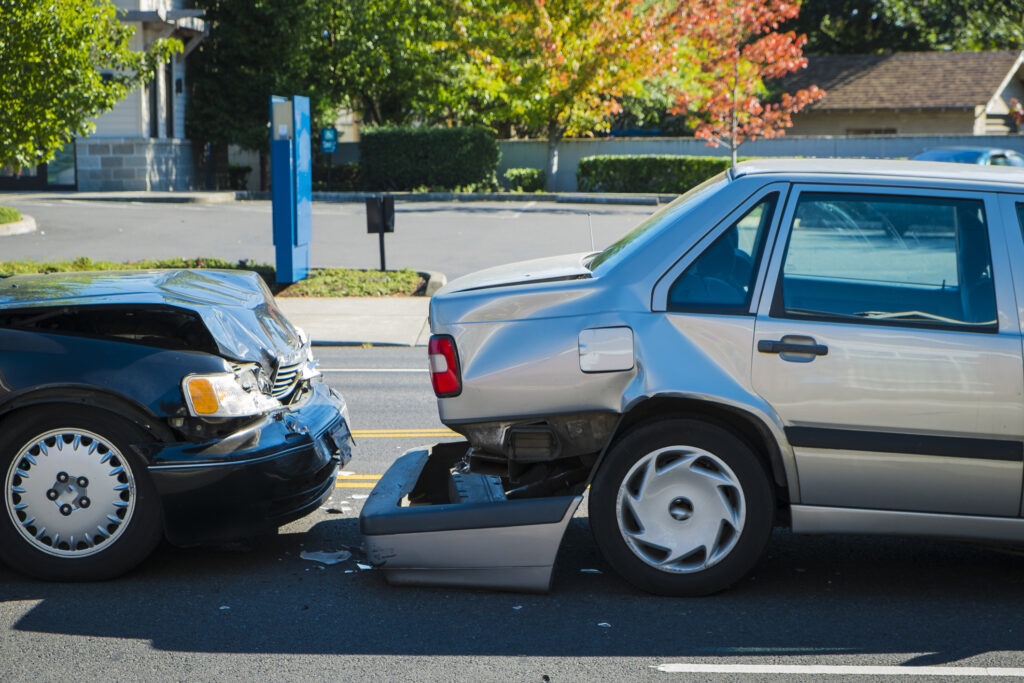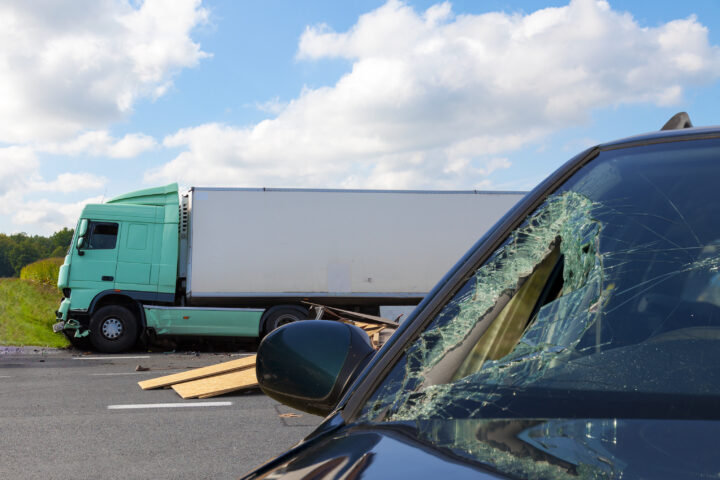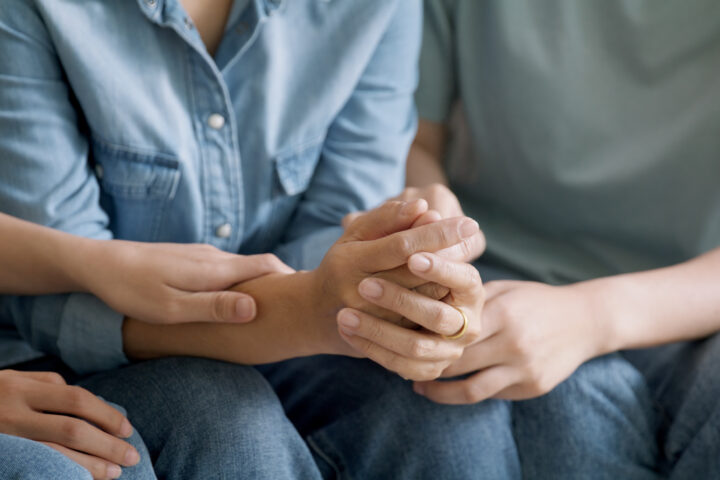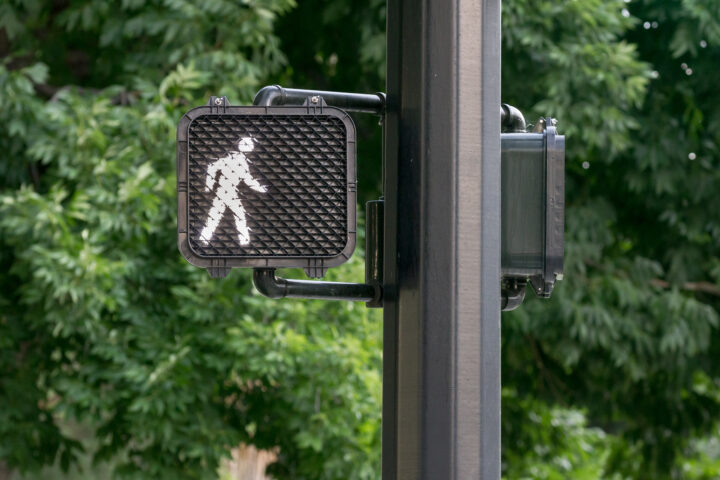
5 million car crashes occur in the US each year. But do you know what to do right after a collision?
Depending on how you handle the aftermath of the accident, you may be able to settle your claim amicably and receive compensation for any injuries you’ve suffered.
But many people don’t know how to prepare for an accident. They may also not know what to do afterward.
Keep reading to learn more. Below, we’ll explain what to do after a car accident.
What Should I Do After a Collision?
Car accidents are, at the very least, time-consuming. But in the case of those resulting in car accident injuries, automobile damage, or death, the stakes of the collision’s outcome are even higher.
Some people even try to take advantage of the chaos of a collision’s aftermath to tip the financial or legal scales in their favor. Knowing what to do after a collision can minimize confusion, which can otherwise put you at a disadvantage. The guide below should help you understand what should occur after a collision.
1. Check if You’re Okay
Even if you feel fine after the accident, seek medical attention right away. Adrenaline may also mask the pain and discomfort of some post-accident injuries. It is also critical to keep track of any injuries suffered in an accident.
This is especially true since concussion symptoms may not appear until hours later. The more prolonged concussion symptoms persist, the higher your chances of experiencing complications.
Many car accident victims also experience intense muscle pain and stiffness the day after a collision. See a doctor as soon as you can to prepare for any potential symptoms, even if it mostly involves temporary discomfort.
2. Collect Evidence
Soon after you exit your vehicle after a collision, take many pictures of the crash. Take pictures up close and far away, ensuring that you get pictures of the at-fault driver’s license plate too.
With these pictures, insurance adjusters can determine what happened at the scene and the extent of damage the collision produced. When determining fault, the insurance adjuster may review the police report, examine medical records, speak with both drivers, contact witnesses, and analyze images and videos to determine property damage.
3. Call the Police
It can be unclear which driver was at fault for a collision. In that case, you can call the police department, which will send an officer out to collect evidence.
Wait while they arrive. If you drive away, you’re removing a key piece of evidence from the scene — one of the vehicles involved. In California, you could also be charged for fleeing the accident scene.
When there’s an officer on the scene, ask for a police report number and a copy of the police report, if available. It’s also important to jot down the officer’s name and badge number.
4. Exchange Information
Drivers involved in a car collision should exchange contact and insurance information. Doing so helps everyone involved have the correct information to file a claim.
Not only that, but they might not file a claim as they’re supposed to. Such crucial information includes the driver’s:
- Name
- Address
- License number
- Insurance company name
- Insurance policy number
It’s also essential to get information from the witnesses that stick around to help. This information includes their:
- Name
- Phone numbers
- Addresses
- Statements about the incident
- Pictures of the accident scene
5. Write Down What Happened
Write a detailed explanation of what happened during the collision, even on some form of a memo app on your phone. Your memory is fresher after the accident, and you might lose a few crucial details as time passes.
But if you write down what happened, you can refer back to the account even if you forget some details of the event sometime later. This will be crucial when talking to your insurer or a prospective attorney.
6. File a Claim With At-Fault Driver’s Insurance Company
Following a collision, contact the at-fault driver’s insurance company as soon as possible to file a claim. If the at-fault driver’s insurer denies liability for the collision, you’ll need your insurance to discuss medical care costs and property damage with them.
But if you’re partially at fault, your auto insurance company may be required to pay collision claims for the cost of repairing the vehicle. Insurers can also refuse to pay for the victim’s medical expenses and the costs associated with the accident’s collateral damage.
7. Avoid Apologetic Language
Even if you’re not trying to admit fault, avoid using apologetic language. Don’t use it with the at-fault driver, witnesses at the scene, or law enforcement. While you don’t have to be combative with the at-fault driver, it’s best not to offer any sympathetic words they can use against you.
Using apologetic phrases or comments like “I’m so sorry” makes you seem more at fault. Although you may have just been trying to be polite, people could interpret that as you admitting responsibility for the collision.
8. Hire a Car Accident Injury Attorney
The at-fault driver’s insurance should cover the collision’s resulting repair, replacement, and medical expenses. But some insurers may refuse to cover the damage costs.
Your vehicle insurer will either pay your financial damages, sue the at-fault driver’s company, or reach an agreement. However, you never want to settle just because the other company refuses to take responsibility for your injuries. Either way, you should obtain legal counsel from a car accident attorney if the damages are pretty substantial.
What to Do After a Car Accident
The direct aftermath of a collision can be alarming. That’s why already knowing what to do after a car accident can help you receive every bit of compensation you need.
At Empire Car Accident Lawyers, we understand how crucial legal support is for our aggrieved clients. That’s why we offer some of the best injury attorney services in Moreno Valley, CA, and surrounding areas. Contact us today to learn more!


